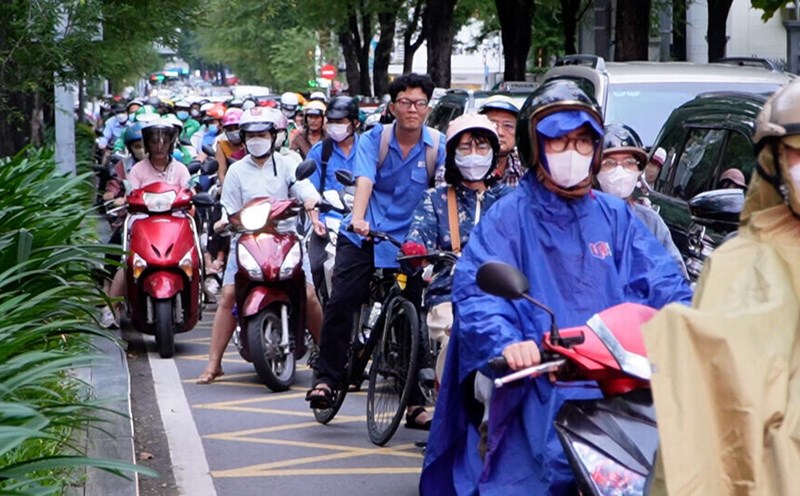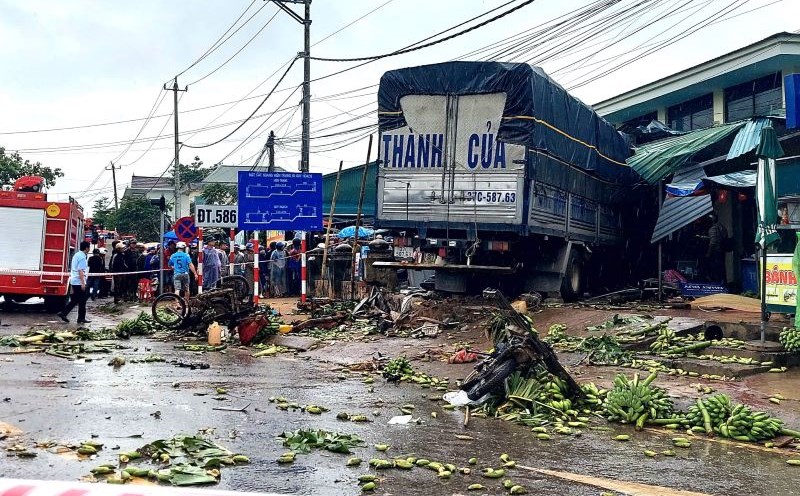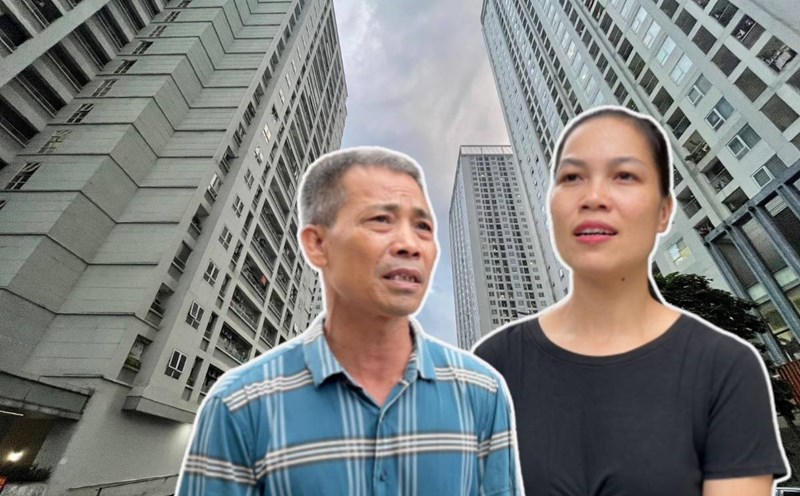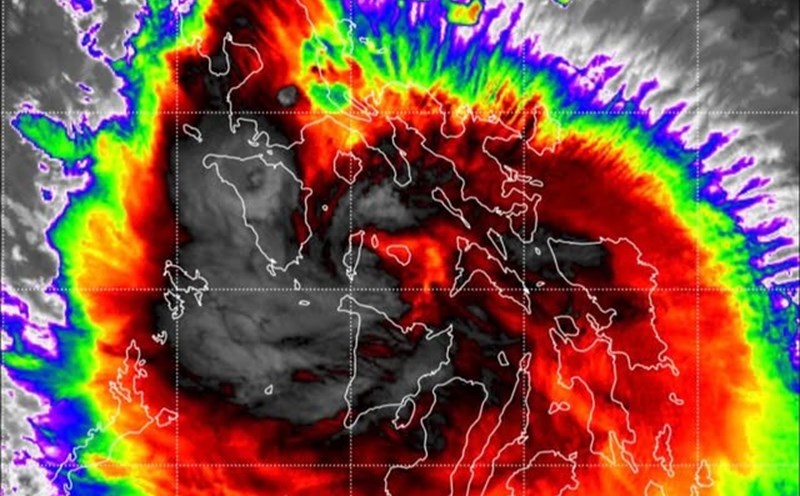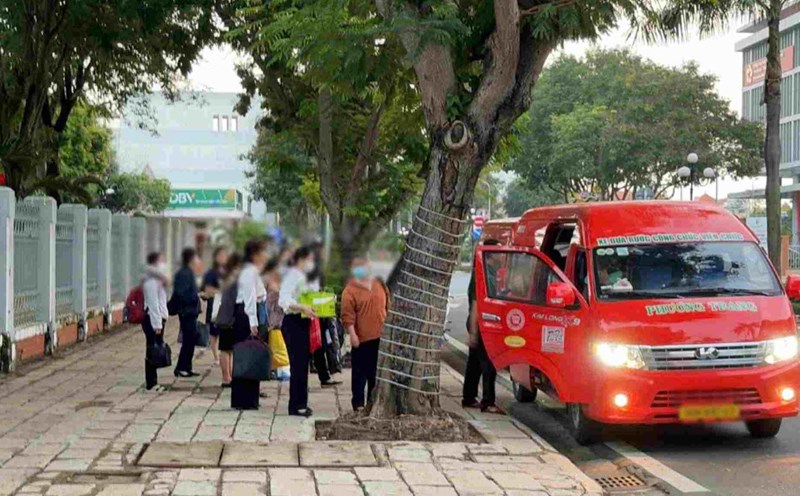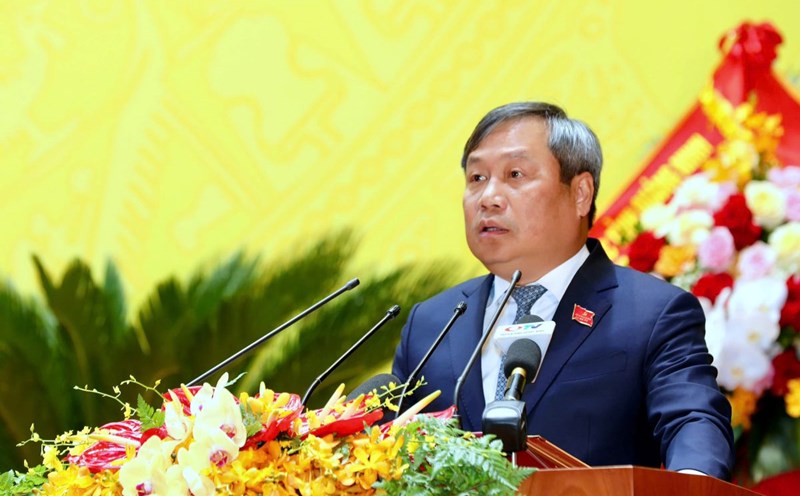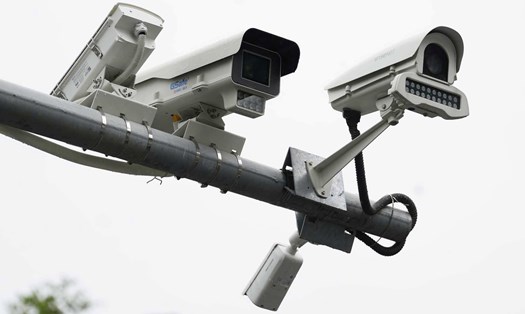In 2012, the elevated steel frame automatic parking system on Nguyen Cong Tru street was put into operation, this is also the first smart parking project built in Hanoi city.
With an area of 125m2, a steel frame of 5 floors for parking, 4 systems and a total capacity of up to 30 vehicles, this system is considered to have many advantages when deployed in urban areas with limited land area and areas limited by high floors.
Mr. Nguyen Hoang (Hoang Mai ward, Hanoi) said: "I often park my car here, the cost is reasonable and the safety is high. I think Hanoi should deploy many smart parking systems like this to meet the needs of the people".
In addition to the automatic parking lot on Nguyen Cong Tru street, a number of other smart parking lots are also deployed in the Le Van Luong and Tran Quang Khai streets. However, this figure is only very small compared to the needs of Hanoi people.
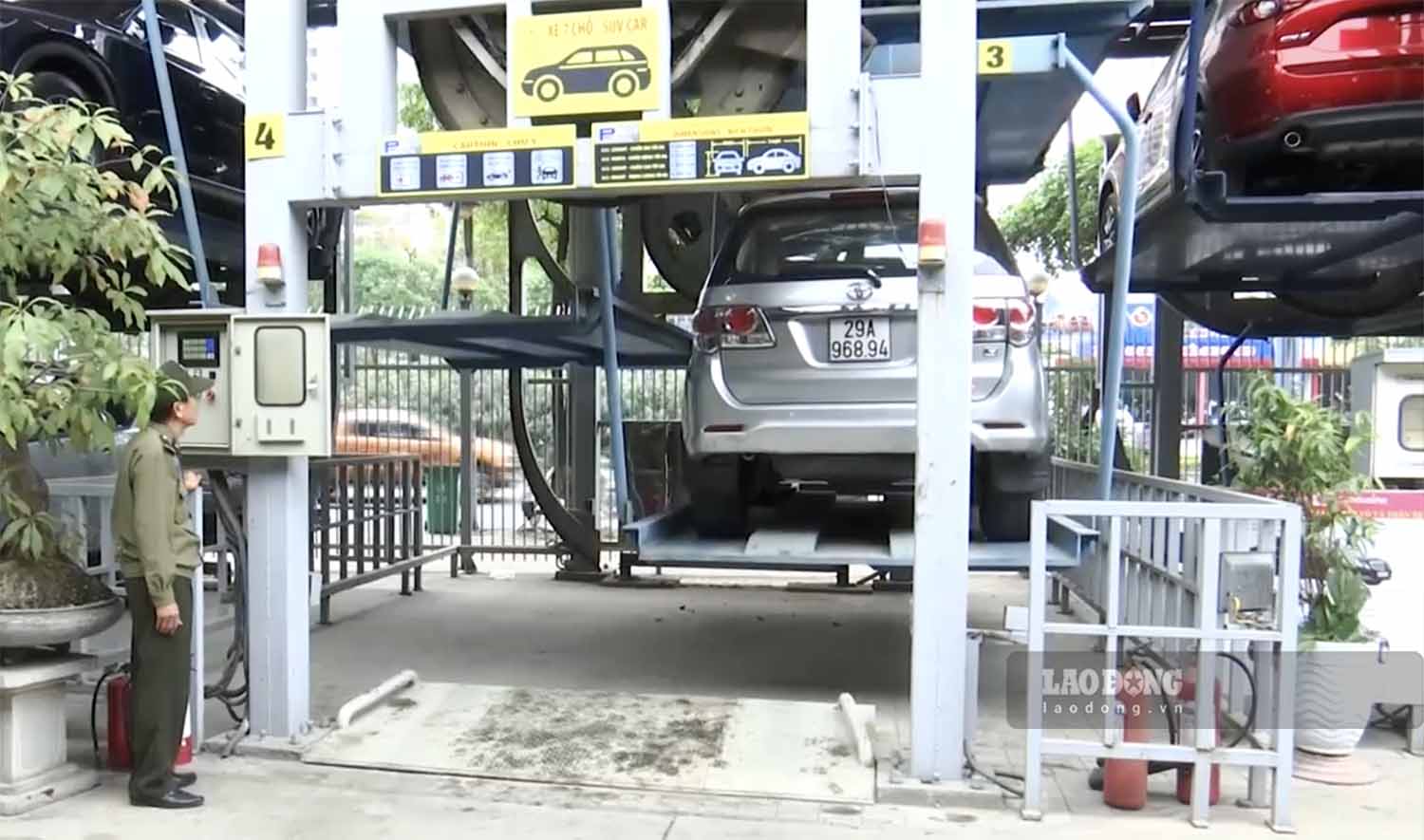
According to statistics, Hanoi currently has more than 1.1 million cars and nearly 7 million motorbikes. On average, Hanoi increases by 200,000 people per year, cars increase by about 10%, motorbikes increase by 3%. Meanwhile, the land area for traffic has not been met.
Although Hanoi has spent a lot of resources investing in transport infrastructure in recent years, the investment speed has not kept up with the development speed of vehicles. This has complicated the situation of congestion and overload at parking lots.
Experts in the transport sector commented that Hanoi's transportation network is currently not developed corresponding to urban development and population growth. The proportion of land for traffic such as road systems and static traffic is still low compared to the standards of a large urban area.
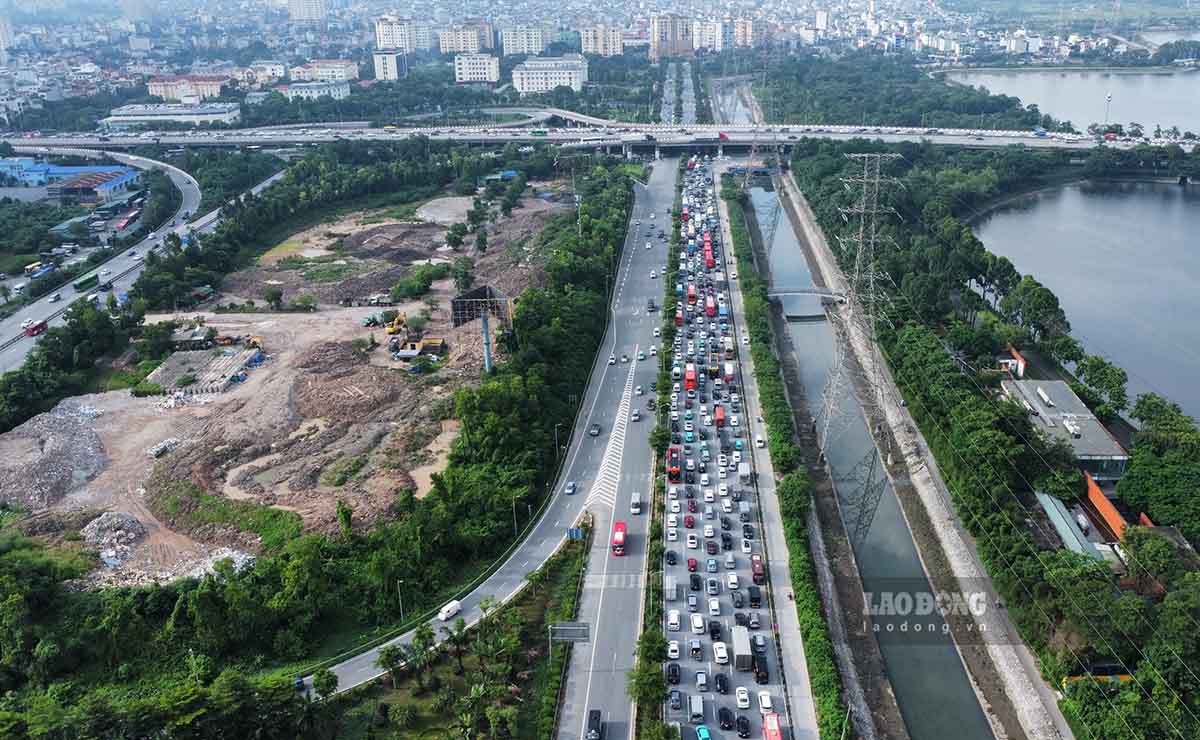
Discussing this issue with reporters, Mr. Dao Ngoc Nghiem - Vice President of the Vietnam Urban Planning and Development Association (former Chief Architect of Hanoi City) said that normally, land for the transportation system accounts for 20-25% of the natural area of urban areas, the land fund for static traffic must be 3%, but currently these targets in Vietnam have not been met.
"For example, in Hanoi today, the land area for traffic is only at 10% of the natural area, of which new parking land is 0.3%. Thus, congestion and overloading of traffic infrastructure is inevitable" - Mr. Dao Ngoc Nghiem said.
According to the Vice President of the Vietnam Urban Planning and Development Association, on the side of developing smart transport as an inevitable trend, Hanoi needs to have more specific policies to attract resources to invest in building transport infrastructure, smart parking works, and underground parking.
"In addition, while the land fund for static traffic is very limited and cannot be invested immediately, Hanoi needs to continue to prioritize the development of public transport with the type of transport being large and medium capacity, reducing pressure on static traffic. Many large cities are focusing on developing urban railways," said Mr. Dao Ngoc Nghiem.


